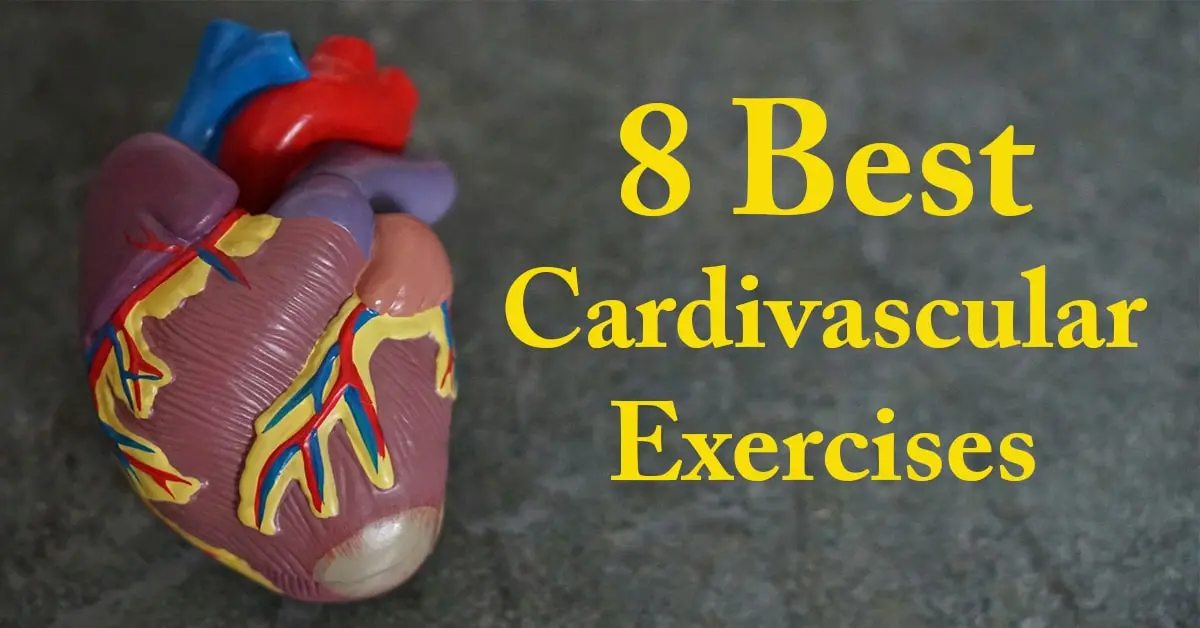Carbohydrates, proteins, and fats chart PDF is essential for maintaining a balanced diet. These macronutrients provide the energy and nutrients needed for daily activities. Carbohydrates fuel the body, proteins help in muscle repair, and fats support overall health. Eating the right amount of each is key to staying fit and healthy.
A well-structured carbohydrates, proteins, and fats chart PDF helps in planning nutritious meals. It provides a clear breakdown of macronutrient intake for different lifestyles. Following a balanced diet improves digestion, metabolism, and overall well-being.
Table of Contents
ToggleWhat Are Carbohydrates, Proteins, and Fats?

Definition and Importance of Macronutrients
A body needs several large amounts of macronutrients to perform proper functions. Humans obtain most of their nutrition from three major components which include carbohydrates combined with proteins together with fats. Body activities receive their daily energy supply from the caloric content found in nutrients.
The three different macronutrients perform distinct functions:
- The primary energy supply system of all human cells depends on carbohydrates for fuel.
- The protein structure serves two important functions within human beings by supporting muscle healing and advancing tissue expansion.
- The development of hormones alongside cellular operations occurs because of fats.
The body turns weak when macronutrients are absent from the diet. A proper nutritional plan leads to a healthy lifestyle with active living potential.
How These Macronutrients Support the Body
Carbohydrates give quick energy. Glucose formation occurs when the body processes carbohydrates before they power cellular functions.
Proteins play two main roles because they help develop body tissues while reconstructing both muscle structures and enzymes. For proper growth and recovery these substances hold essential roles.
The energy reserves function of fats together with their vital role in organ protection and their ability to help the body absorb vitamins A, D, E and K.
Insufficient nutrients create low energy levels and weakness, leading to poor health. Why people intake gluten-free and dairy-free diets? Many do so to improve digestion, reduce allergies, and boost overall well-being.
Carbohydrates: Types, Functions, and Sources
Simple vs. Complex Carbohydrates
Carbohydrates are divided into two types:
| Type | Examples | Digestion Speed | Energy Release |
|---|---|---|---|
| Simple | Sugar, honey, fruit | Fast | Quick burst |
| Complex | Whole grains, beans | Slow | Sustained |
The body processes simple carbohydrates at a fast rate which immediately provides energy. Excessive consumption of sugar triggers weight gain as well as diabetes development.
Complex carbohydrates provide sustained satiety because their digestion lengthens into the meal duration. The food group provides many beneficial fibers along with important vitamins and mineral content.
Health Benefits of Carbohydrates
The brain together with muscles and organs receive their energy from carbohydrates. The consumption of carbohydrates enables people to perform physical movements together with everyday chores.
The intake of carbohydrates helps people achieve better digestive performance and maintains balanced blood sugar levels and supports heart system health.
Best Food Sources of Carbohydrates
Unique healthy carbohydrates come from whole grains and vegetables in addition to fruits and legumes.
White bread together with soda beverages and processed snacks constitute unhealthy sources of carbohydrates.
Proteins: Types, Functions, and Sources

Complete vs. Incomplete Proteins
The protein family consists of both complete and incomplete categories.
| Type | Examples | Amino Acids |
|---|---|---|
| Complete | Meat, eggs, dairy, soy | All essential |
| Incomplete | Nuts, beans, grains | Missing some |
Complete proteins have all essential amino acids. They support muscle building and recovery.
Incomplete proteins lack some amino acids. They need to be combined with other protein sources.
How Proteins Help in Muscle Growth and Repair
Exercise recovery relies on proteins because they repair muscles alongside tissue structures. Body metabolism functions better and the immune system maintains its strength because of protein consumption.
Brain needs more protein to help athletes recover their muscles after exercise.
Best Food Sources of Protein
The best food choices for obtaining protein are chicken, fish, eggs, tofu, together with beans.
The consumption of fast foods along with processed meats needs control due to their presence of unhealthy fats.
Fats: Types, Functions, and Sources
Healthy vs. Unhealthy Fats
Fats are divided into healthy and unhealthy fats.
| Type | Examples | Effects on Health |
|---|---|---|
| Healthy | Olive oil, nuts, avocados | Good for heart |
| Unhealthy | Fried food, margarine | Increases disease risk |
Healthy fats both reduce cholesterol levels and benefit brain operation. High-fat intake elevates the risks of developing heart disease and creates obesity conditions.
Why Fats Are Essential for the Body
Fats provide long-term energy storage. These substances perform three essential functions: protection of body structures along with cell development and vitamin absorption capabilities.
Best Food Sources of Healthy Fats
People who want healthful fats should consume fish together with nuts, seeds and olive oil. People should avoid eating both processed snacks and fried foods and maintain a distance from trans fat sources.
Carbohydrates, Proteins, and Fats Chart PDF (Downloadable Guide)

Nutritional Breakdown in a Tabular Format
| Nutrient | Calories per Gram | Primary Function |
|---|---|---|
| Carbohydrates | 4 | Energy source |
| Proteins | 4 | Muscle repair |
| Fats | 9 | Energy storage |
Daily Recommended Intake of Macronutrients
| Group | Carbohydrates | Proteins | Fats |
|---|---|---|---|
| Adults | 45-65% | 10-35% | 20-35% |
| Athletes | 50-60% | 20-30% | 15-25% |
| Weight Loss | 40-50% | 30-40% | 20-30% |
How to Use This Chart for a Balanced Diet
The chart functions for designing meals with proper distributions of nutrients between macronutrients. An optimal diet must contain carbohydrates together with proteins and fats to provide healthy nutrition.
Macronutrient Balance: How to Plan a Healthy Diet
Ideal Macronutrient Ratio for Different Lifestyles
- The recovery process for athletes requires a higher protein intake.
- Workplace employees need an energy balance of carbohydrates together with fatty substances.
- The protein levels in weight loss diets need to be higher while carbohydrates must be lower.
Macronutrient Calculation for Weight Loss and Muscle Gain
Individuals need to determine their daily nutritional needs through weighing their body and understanding their age and fitness needs. A weight loss diet requires lowering carbohydrate intake with an increase in protein consumption. Protein together with healthy fats should be elevated for muscle gain.
Frequently Asked Questions (FAQs)
What is the correct balance of carbs, protein, and fat?
The ideal balance is 45-65% carbs, 10-35% protein, and 20-35% fat. It depends on age, activity level, and health goals.
What are the list of carbohydrates, proteins, and fats?
Carbs include rice, bread, fruits, and vegetables. Proteins include meat, eggs, beans, and fish. Fats include nuts, oils, butter, and cheese.
What is the daily recommended intake of carbohydrate, protein, and fat?
The average adult needs 225-325g of carbs, 50-175g of protein, and 44-77g of fat per day. These values depend on caloric needs.
What percentage of carbs, proteins, and fats should I have?
A balanced diet includes 50% carbs, 25% protein, and 25% fat. Athletes and weight loss plans may adjust these ratios.
Conclusion
The three vital dietary nutrient groups for health include carbohydrates and proteins as well as fats. Specific energy-based functions and muscle recovery abilities are found in macronutrients while the entire body system maintains its health and functions efficiently. Dietary success along with strengthened body functionality together with adequate weight regulation results from balancing food quantities correctly.
A diet plan which has been well thought out incorporates whole grains and lean proteins alongside healthy fats. Consuming processed foods together with excessive sugar content and unhealthy fats should be avoided. Assessing how different macronutrients interact enables people to accomplish fitness milestones and avoid major health issues. Consumers should follow advised nutritional intake to preserve both their daily health status and everyday energy levels.






